
10 minute read
MALU LAMBERT ON ALL
How do we smell? We know how we see, taste, touch. But our sense of smell, and how we do it, is one of the prevailing mysteries of our time. e most popular theory is that a molecule’s shape is what determines its smell, like it does for taste. e Emperor of Scent by Chandler Burr turns this assumption on its head. In the book the author tracks biophysicist and perfume expert Luca Turin as he tries to untangle this mystery. In the end Turin proposes that smell works on vibrations to detect odour molecules. If you think about how scent can layer and build, and ll a room, much like music, it starts to make sense.
On the Scent of MUSCAT
Advertisement
Malu Lambert explores the sweeter side of wine
e dewy scent of white roses, fresh, oral honey, an alpine li of lemongrass, tangy apricot then an a ershock of ginger. Like an orchestra of scent, the eight glasses in front of me each have their own notes to play. ese are the components of the 2019 vintage of Vin de Constance. I’m on the blending panel this year of what is an annual series of tastings conducted to assimilate the nal blend of Klein Contantia’s famous wine. Vin de Constance is a natural sweet made from 100 per cent Muscat de Frontignan, more widely known abroad as Muscat Blanc à Petits Grains.
Winemaker Matthew Day explains that rather than making each component to stand on its own, the approach is rather for each to have a speci c role in the blending process.
“You can have these amazing fractions but when you blend them together they sometimes don’t work and can o en clash,” he continues. “ is new vintage is one step closer to our goal; a sweet wine that has the e ect of being dry.” BEES LOVE IT
ere are said to be over 200 iterations of Muscat, from blanc to gris and black, o en unrelated but all with something akin to that telltale grapey scent. Here in South something akin to that telltale grapey scent. Here in South Africa we specialise in Muscat de Frontignan and Muscat Africa we specialise in Muscat de Frontignan and Muscat of Alexandria, the former colloquially known as Hanepoot. of Alexandria, the former colloquially known as Hanepoot. ey also happen to be the parents of the ‘true’ Muscat family of around 14 strains. e aromatic grapes were rst mentioned in literature dating all the way back to the Middle Ages. ough it could dating all the way back to the Middle Ages. ough it could be older than even that, Pliny the Elder is said to have written about the Greek ‘anathelicon moschaton’, which formed a part of the Vitis Apianae family. Translation: bees formed a part of the Vitis Apianae family. Translation: bees loved the grapes for the sweet scent.
It’s not only our winged friends who are drawn to its molecular siren song, the Cape has a long history of producing wines with the ambrosial cultivar, planted way producing wines with the ambrosial cultivar, planted way

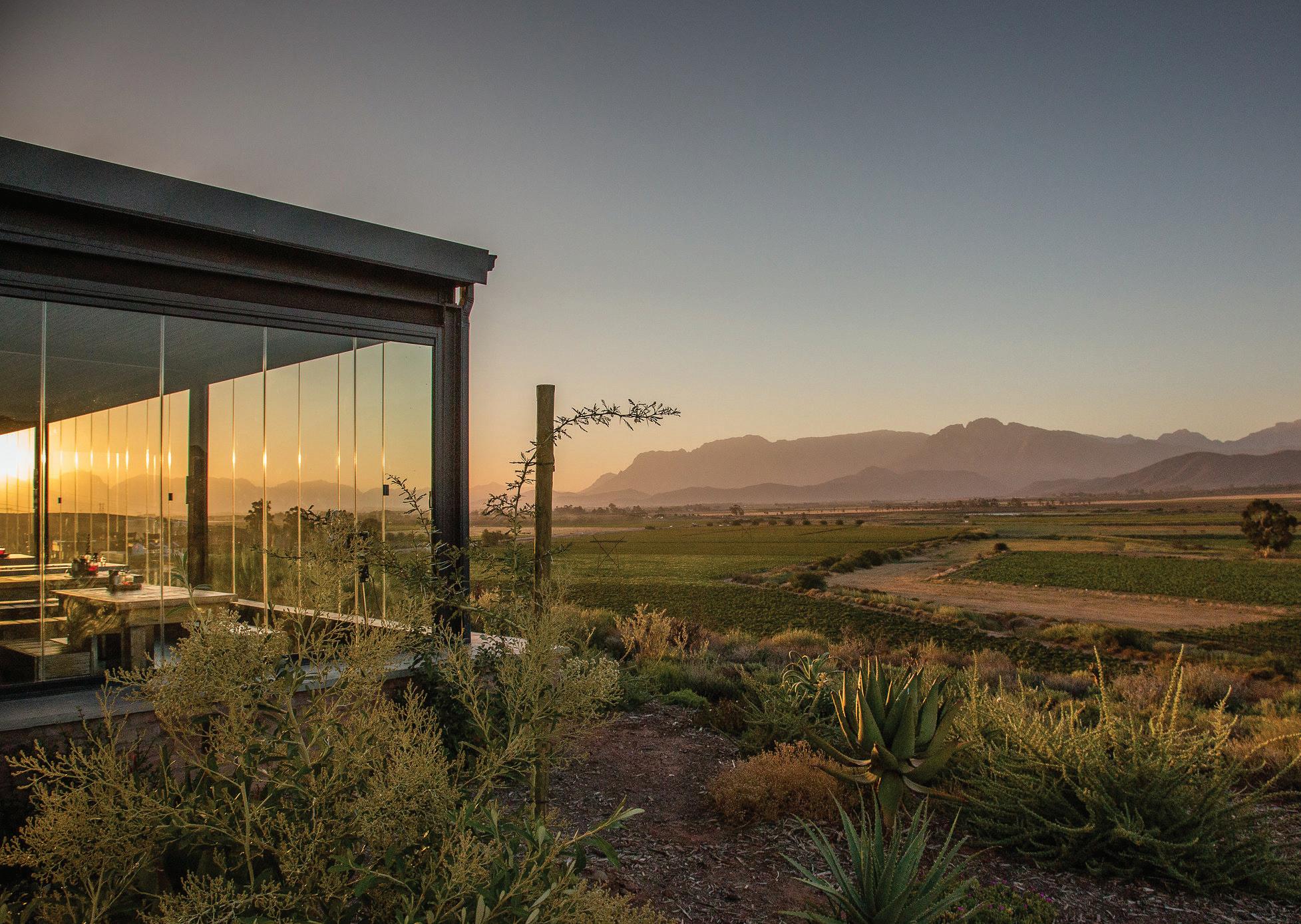
back in the 1600s. Falling under the moniker, Muscadel or labelled as estate wine our sweet wines were lauded across the world.
It’s true that elds of bee-loving vineyards have long held dominion here. It was as recent as the 1990s that Muscat was still the sixth most planted grape in the national vineyard, which then was a fair sweep more than both cabernet and chardonnay. But the fall has been swi with the rapid grubbing up of vines as the old stickies have fallen out of fashion. Muscat now makes up less than two per cent of all plantings.
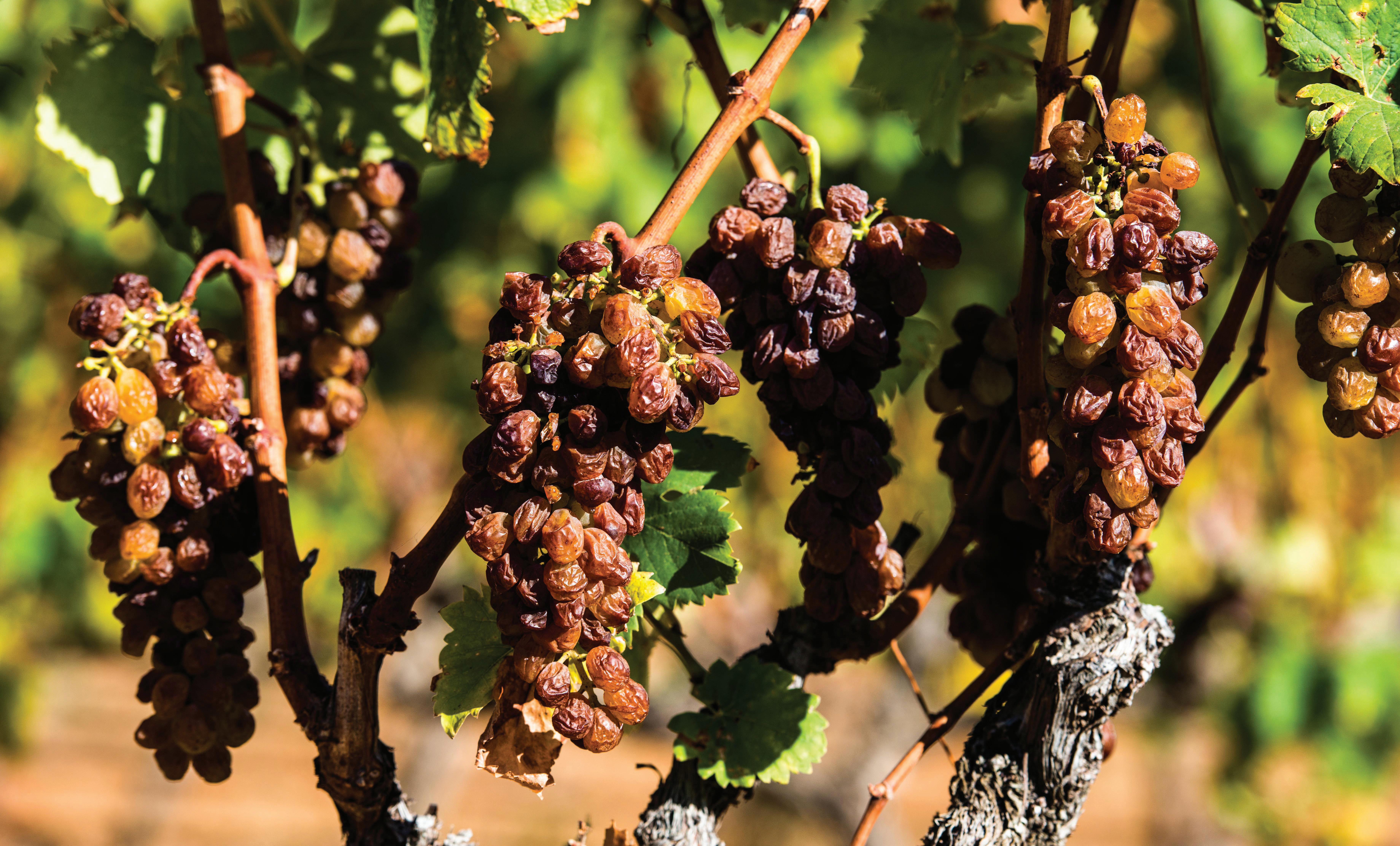
FADING AWAY FAST
Muscat is not without its champions. Senior winemaker Paul Burger of Nuy Winery says that in fact their Muscadels are the winery’s best sellers.
“Nuy was established in 1963 and we have been planting Muscat de Frontignan and Hanepoot since the very beginning,” shares Paul. “Our valley has the perfect conditions to grow these grapes. We are committed to continue building on this tradition. We need to hold on to these vineyards.
“South Africa has a rich and colourful wine history and Muscadel wines are a big part of it. If we as South Africans do not protect our heritage, who will?”
To further this mission is the Barbieri Idro Barrel Aged Red Muscadel, the latest bottling was in barrel for almost six years.
Paul elaborates that it was named for an Italian prisoner of war. He shares the story: “During his incarceration, he was stationed
'Here in South Africa we specialise in Muscat de Frontignan and Muscat of Alexandria, the former colloquially known as Hanepoot'
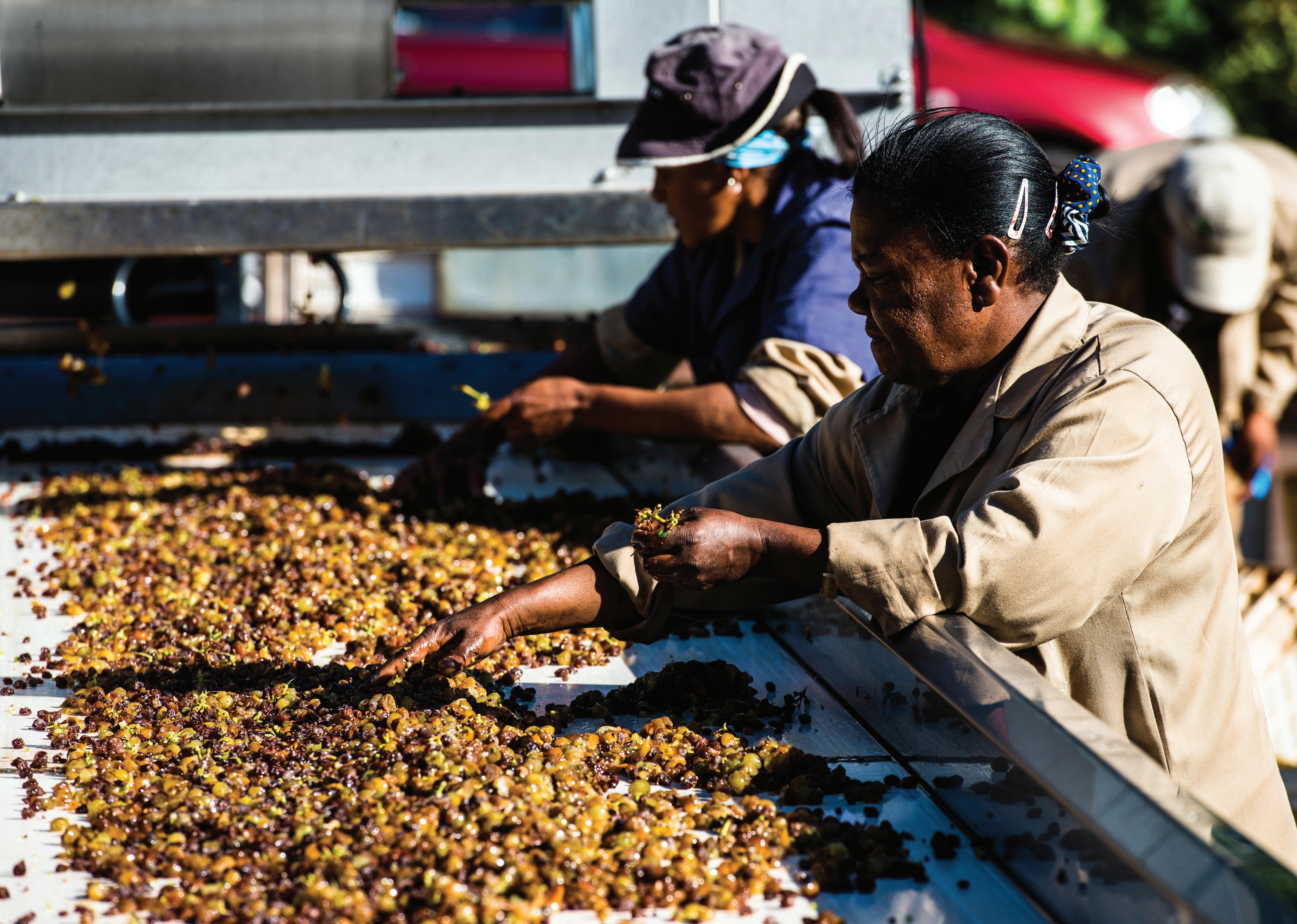
for three years on the farm Sonja in the Nuy Valley. One day Barbieri was busy loading wine barrels lled with red Muscadel onto a train when one of them broke loose from its ties and rolled over him. He was killed. Today, the farm where this tragedy unfolded remains one of Nuy Winery’s grape suppliers. To commemorate Barbieri, we have named this limited series in his honour.”
Not far from the Muscat-laden slopes of Nuy lies the Gevonden vineyard in the Breedekloof, the oldest known Hanepoot block in the country, clocking in at well over 100 years. e future for the vineyard is uncertain as the new owners of the farm are said to be more commercially minded farmers. Up until now the grapes were used to make the Daschbosch Hanepoot.
According to the Old Vine Project seal the block was planted in 1900, as that’s when the KWV started collecting the data. However, winemaker WS Visagie explains that the previous owner showed him documents proving it was actually planted between 1882 and 1883.
He told me all this at a recent lunch where I got to enjoy it. e sense of history sent shivers down my spine. Concentrated avours of rhubarb, baked golden apples, warm cinnamon and clove, honeyed apricots, smoky lemon rind… with a length so long and ne you can almost count the vine’s age it came from, like so many tree rings in its satiny texture.
WS says it equally elicits an emotional response in him. ' e Gevonden vineyard in the BREEDEKLOOF, the OLDEST
KNOWN
HANEPOOT

“ e way you feel when walking in the vineyard is incredible. I have absolute respect for the age of the plants. If they could talk, what stories would they tell?” ough it’s unclear whether we’ll see another vintage of this wine, Daschbosch continues in its vintage of this wine, Daschbosch continues in its mission of cra ing heritage style wines, but not without a lick of innovation. e Daschbosch Skin brings Muscat rmly into the future with a respect for the past as its backbone. A blend of chenin blanc and Hanepoot, it is fermented and aged for three months on the skins. e wine has an aromatic oral intensity, roses, peach blossom, spice and a cut of lime. Just the right amount of esh on the palate with grapes tannins that melt like butter, before a pleasingly dry nish a er all that perfume.
WS isn’t alone in his quest to try new things with the grape; there are a number of winemakers producing dry, edgier Muscats that crest the new wave.
One such vinous surfer is André Bruyns with his own label City on a Hill. A er having tasted it at a Swartland Street Party I reached out to him to nd out more.
Says André: “I used to work with Hanepoot bushvines planted in the 1960s. We used it to make sparkling grape juice and Jerepigo. e grape juice was nice but what a waste! When I came to the Swartland I came across an old vineyard (1984) in the Paardeberg. e result was one barrel of skin ferment Muscat in 2017.”
He’s now on already sold-out vintage 2020. What does the future hold for dry Muscat? “It doesn’t have the commercial appeal that some other varieties have. It will remain a niche product or as part of blends. Muscat will never get the traction that chenin has and rightly so. ough Muscat does tell a story of South African wine heritage. at’s the other mysterious thing about smell, how it triggers memories – and can transport you to any given moment. Scientists have deduced the reason for this is that the olfactory processing system is located close to the memory hub of the brain.
Muscat, with its intricate web of distinct aromatics, has long written a story through scent; one that has been passed down through the decades from our ancestors: delivered in the cadence of fragrance.
And once that signal is lost, it’s lost.
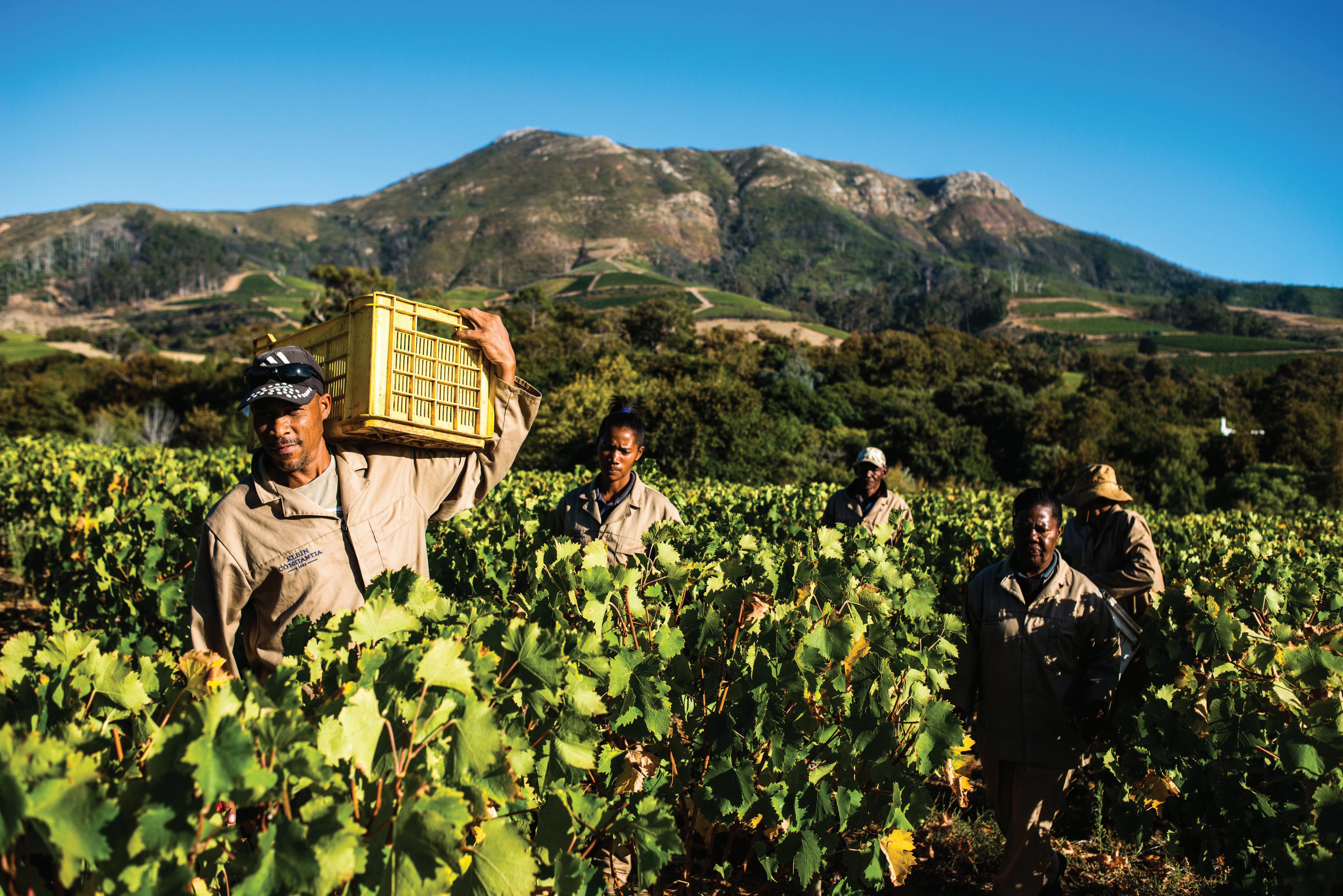
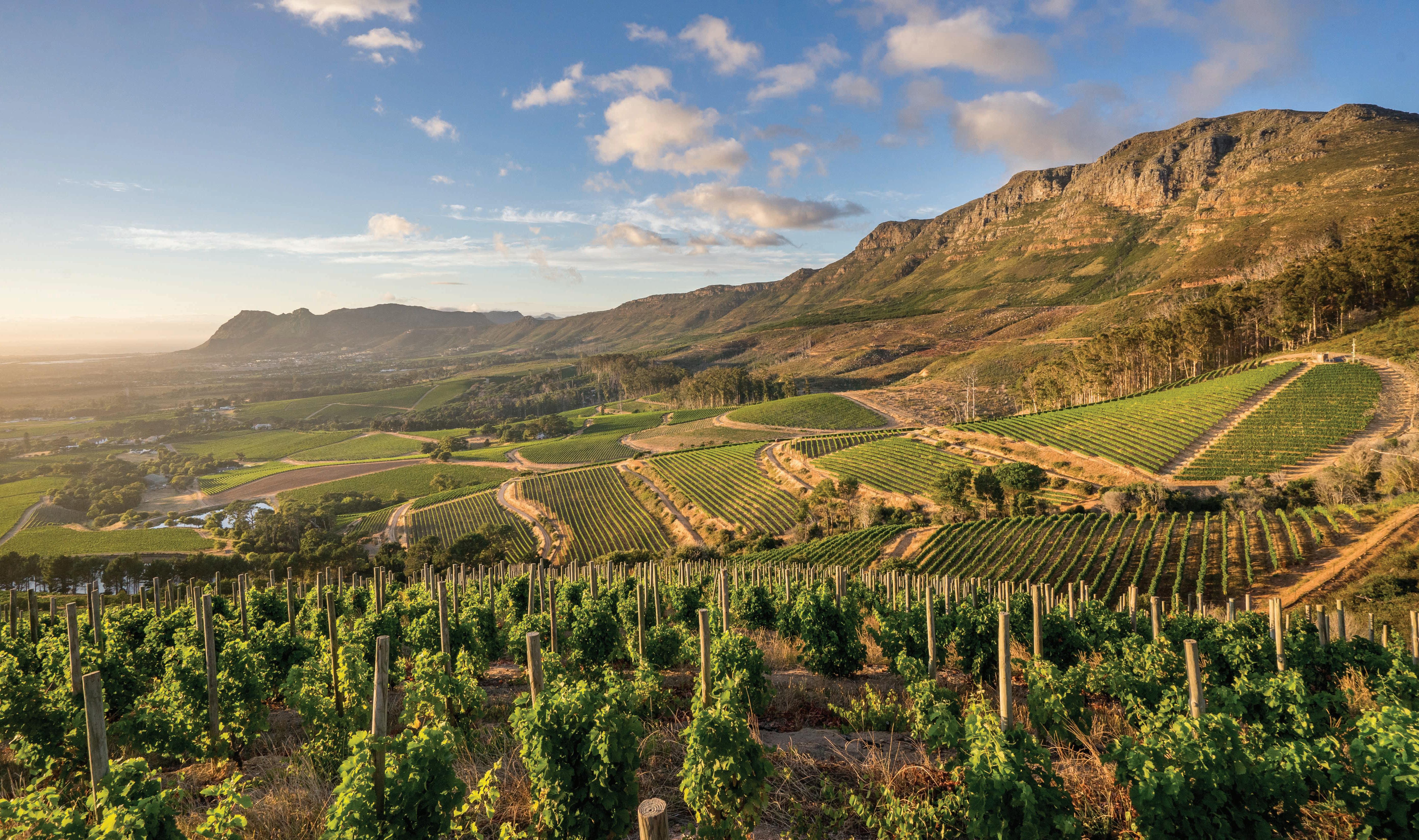

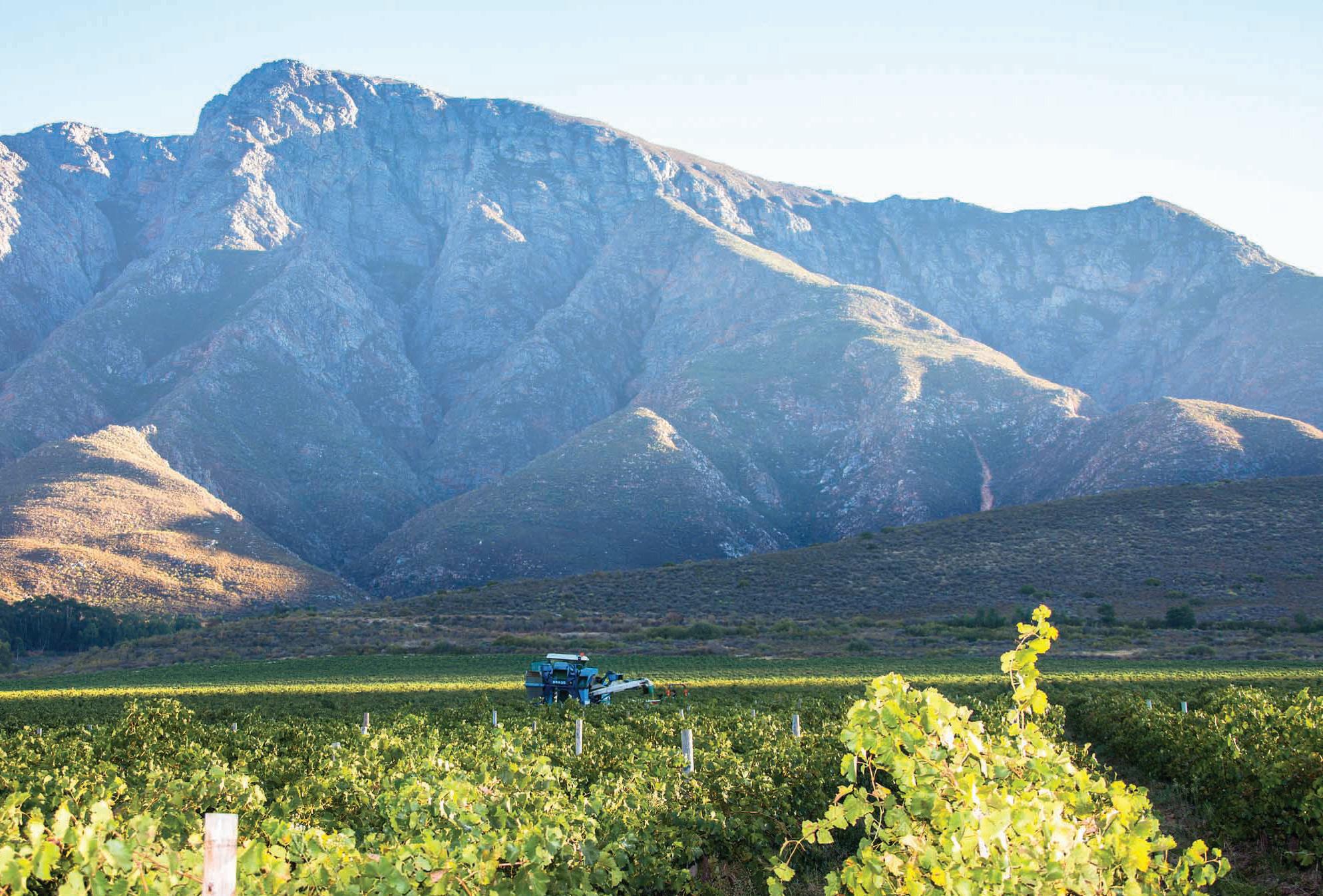


MADE BY HEART

THE MOST HANDCRAFTED SINGLE MALT
The Balvenie is a unique range of single malts created by David Stewart, The Balvenie Malt Master. Each has its own unique taste, but each is rich, luxuriously smooth and underpinned by the distinctively honeyed character of The Balvenie. The exceptional quality of The Balvenie is attributable to the unique craftsmanship retained by The Balvenie Distillery. Nowhere else will you fi nd a distillery that still grows its own barley, malts in its own traditional fl oor maltings, employs a team of coopers to tend its casks, a coppersmith to maintain its stills and has in its service the most experienced Malt Master in Scotland.
THE BALVENIE DOUBLEWOOD, AGED 12 YEARS
Twelve years in American oak soften and add character, imparting vanilla notes and honey, while up to six months in sherry casks brings depth and fullness of fl avor, with rich fruit and nutty sweetness.
TASTING NOTES NOSE: Sweet fruit and Oloroso sherry notes layered with honey and vanilla TASTE: A smooth, mellow single malt of beautifully combined fl avours – nutty sweetness, cinnamon spiciness and a delicately proportioned layer of sherry FINISH: Long and warming fi nish THE BALVENIE DOUBLEWOOD, AGED 17 YEARS
An elder sibling to the popular DoubleWood 12 Year Old, this new aged version shares the same DNA and the honeyed, spicy characteristics as the 12 Year Old, but it is distinctly different, with deeper vanilla notes, hints of green apple, creamy toffee and a striking richness and complexity.
TASTING NOTES NOSE: Elegant and complex with oak, vanilla, honeyed sweetness and a hint of green apple. TASTE: Sweet with dried fruits, sherbet spice, toasted almonds and cinnamon, layered with a richness of creamy toffee notes, traces of oak and deep vanilla. FINISH: Vanilla, oak, honey and a spicy sweetness. THE BALVENIE PORTWOOD, AGED 21 YEARS
Twenty-one years of traditional maturation mellows the spirit and builds character, and a few months in 30-year-old Portuguese port pipes increases its complexity and develops its full-bodied fl avour.
TASTING NOTES NOSE: A perfume of fruity and ripe raisin notes, backed by a nutty dryness. TASTE: Refi ned and with remarkable character, it is creamy and silky on the palate, with fruit, honey and spice notes. FINISH: Long, gentle and nutty.










